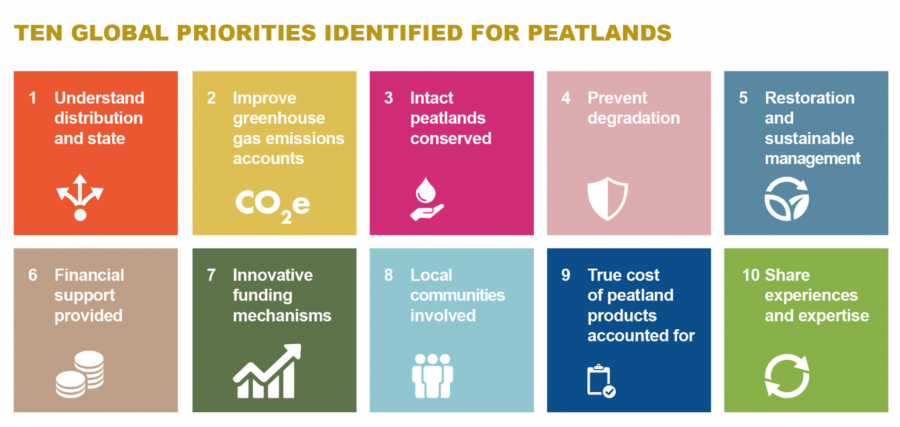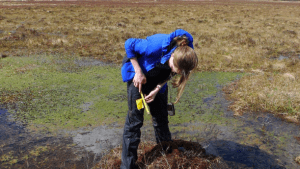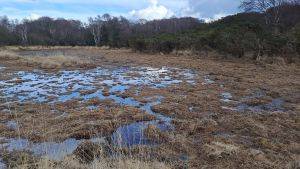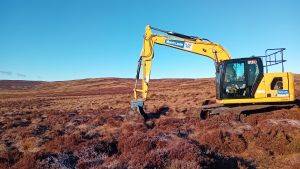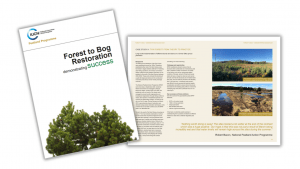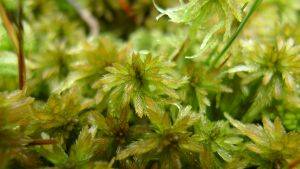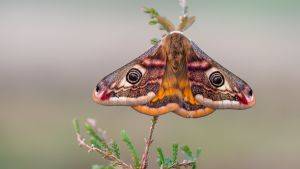Peatlands have a broad range of influences with different sectors of the land managing community pursuing their own objectives whether upland livestock farmers, lowland arable producers, water companies, sporting estates or nature conservation bodies. Others are interested in peatlands for recreation, cultural history or for some, their climate change role. A strategic approach is required to help address the different pressures and demands to secure the best long term solution for society in a way that takes account of these multiple interests.
Action taken now will avoid far greater costs to society in future. Such an important resource requires responsible management if we are to optimise the benefits and avoid the hugely damaging social and economic costs of environmental degradation. Securing the long term future of our peatlands and the vital services they provide, particularly in the face of an already changing climate, will be achievable if we take a strategic approach, as recommended by IUCN Resolution 043 “Securing the future for global peatlands”.
Below: 10 strategic actions for peatlands as identified by the UN FAO and Wetlands International (UK Peatland Strategy)
